11 Common Herbs with Antiviral Properties
Ginger is by far not the only herb capable
of warding off colds and other viral infections. In fact, some of the
common herbs and roots you may already have on hand in your garden or
pantry have potent antiviral properties as well. These 11 powerful
herbs, like the humble garlic, aromatic sage, and fresh peppermint, have
stood both the test of time and scientific scrutiny, and are widely
known for their antiviral activity. Learn about their specific benefits
below.
Do keep in mind, however, that taking herbs is a supplemental method,
and not a primary treatment of any condition unless otherwise advised by
your doctor, and you will still need to adhere to all guidelines and
recommendations given by medical professionals in preventing and
treating a specific condition.
1. Fennel / saunf
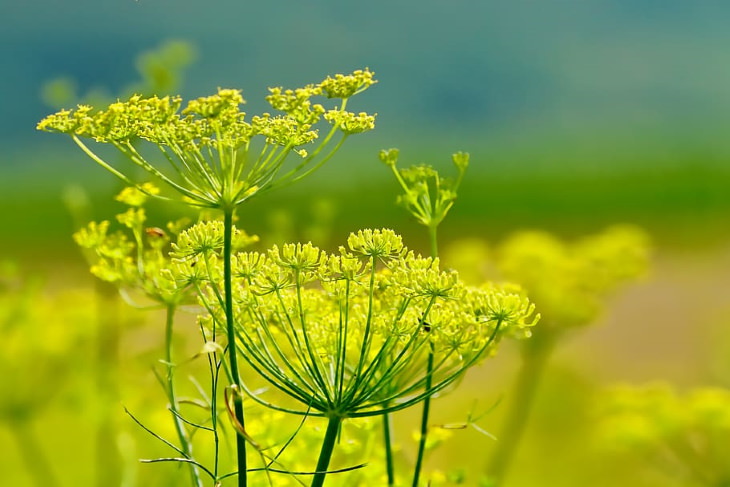
Both the roots and the seeds of the
sweet-tasting fennel plant have been used to reduce inflammation and
ease digestive distress for centuries. Indeed, the roots of the plant
contain quite a lot of vitamin C and other powerful antioxidants, which
made researchers believe it may be beneficial at boosting the immune
system.
Some studies, though mostly test tube and
animal model studies, have even shown the potential of the herb to kill
specific viruses. For example, one article showed that the
naturally-occurring ingredients of fennel called rans-anethole was
capable of eradicating the herpes virus.
2. Oregano 

Oregano is great not only on pizza! In
fact, the delicious herb has been shown to eradicate a multitude of
different viruses, such as the herpes virus (type-1), respiratory
syncytial virus, and the rotavirus, which causes diarrhea and digestive
distress in kids.
In addition, one test-tube study also explored the potential of the herb
to kill the murine norovirus, which causes a highly infectious stomach
flu in mice. A virtually identical virus also affects humans and is the
primary cause of stomach flu. Oregano managed to eradicate the virus
just 15 minutes after exposure. It needs pointing out, however, that all
studies mentioned above used oregano oil, the most concentrated form of
the herb.
3. Echinacea


Echinacea flowers sure do look quite
beautiful in the garden with their vibrant petals and peculiar
cone-shaped core, but the primary reason people grow this bright pink
flower is for its health benefits.
In fact, many people use echinacea to boost their immunity before the
flu season, a tradition that stems from Native American medicine, as
Native Americans used the flower to treat all kinds of conditions,
including viral infections. Studies support the plant's potential to
treat some viral infections, such as herpes and influenza.
4. Garlic
Garlic is definitely one of the most
popular seasonings in the world, but apart from being quite delicious
and essential for some of your favorite dishes, it's also a very potent
herbal remedy. Additionally, it is one of the most well-studied herbs
out there that has well-known anti-inflammatory and immune-boosting
effects.
Furthermore, garlic has been shown to have
antiviral properties against specific viruses, namely influenza A and B,
viral pneumonia, rhinovirus (the cause of the common cold), and even
HIV. The most recent research conducted on 23 humans evidence also
suggests that garlic extract can eradicate warts related to HPV (human
papillomavirus) in 2 weeks of use. This all leads us to one conclusion -
never shy away from garlic when cooking!
5. Sambucus
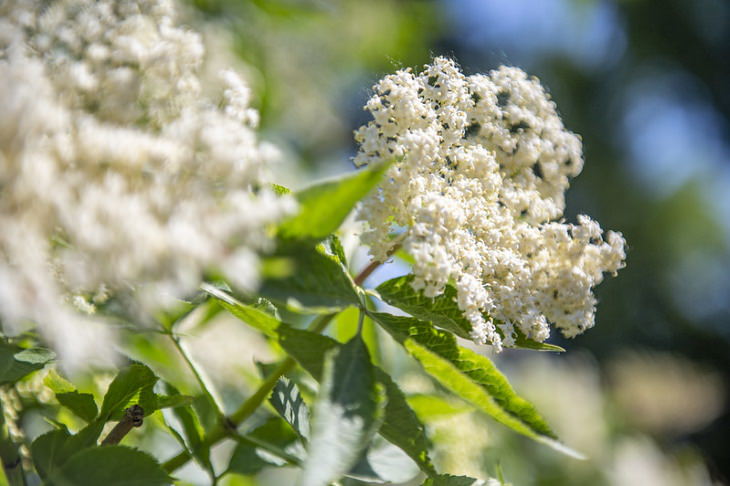

You've probably heard of elderberries, but
few people actually know what these blackberries are beneficial for.
Sambucus, or elderberries, are a traditional medicinal ingredient that's
been used for all sorts of purposes for centuries, but the scientific
evidence proving most of these uses is limited.
That said, there is one review study in 180 humans that concluded that
black elderberry supplements significantly helped shorten and decrease
the severity of upper respiratory viral infections. The berries were
also shown to boost the immune response in response to the flu in mice.
6. Peppermint
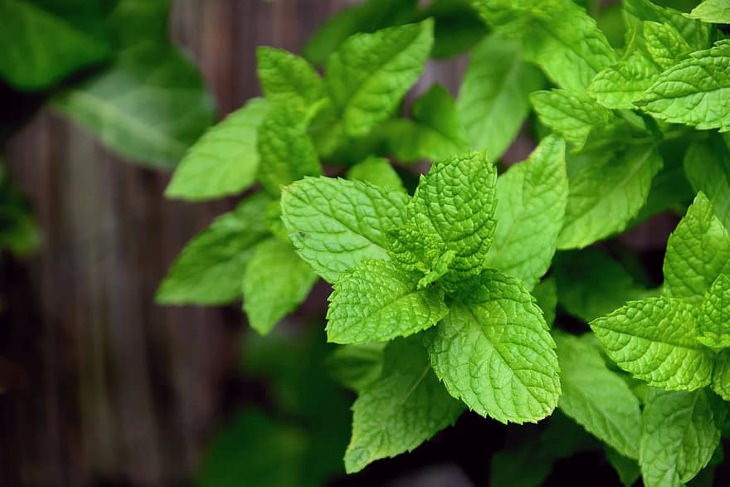

The mint family of plants has one thing in
common - virtually all of its species, be it peppermint, basil, or lemon
balm offer a multitude of health benefits, including ones connected to
the treatment of viral infections. One of the ingredients suggested to
be responsible for the beneficial immune-boosting and antiviral effects
is menthol, and peppermint has the highest concentration of it compared
to other members of the mint family.
Other essential oil components present in peppermint, basil, and lemon
balm have been also known to fight off different viruses causing upper
respiratory infections, enterovirus, and herpes, among others, so make
sure to include plenty of these herbs in your diet, too.
7. Rosemary
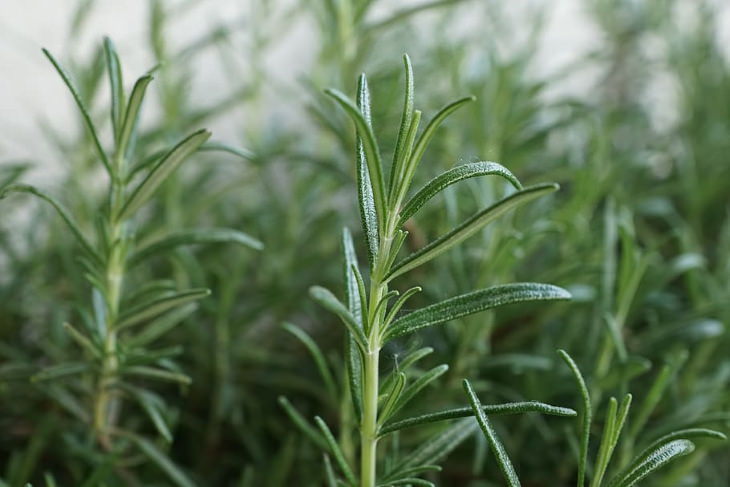

Rosemary is another one of those herbs
that's widely known for its antimicrobial and antiviral properties, and
rosemary essential oil and extract, in particular, are present in many
concoctions that intend to treat all sorts of infections. Two
ingredients naturally-present in the herb - Rosmarinic and Oleanolic
acid - may be responsible for these beneficial health effects.
Rosemary extract has been found to kill hepatitis A and herpes, whereas
oleanolic acid has shown the potential of treating herpes, HIV, and
influenza in animal models and in-vitro studies.
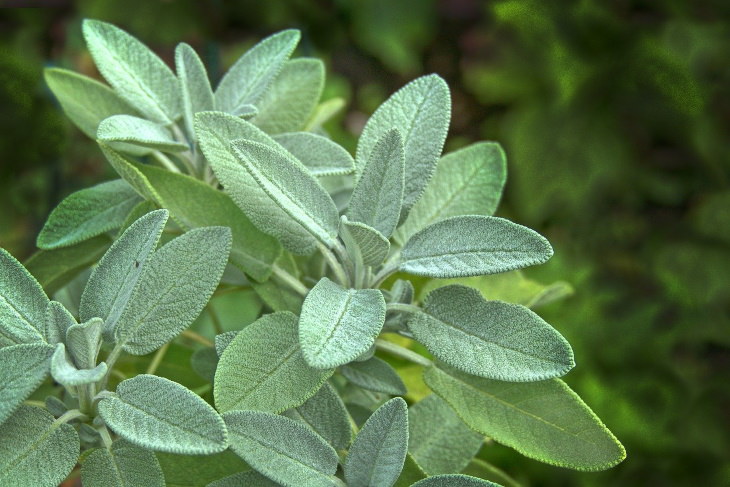
8. Sage

Another member of the mint family and a
frequent ingredient on many people's shopping list is sage. This
soft-leaved plant has a pleasant aroma and is commonly added to both
meat and vegetable-based dishes. Though not much research is done to
account for the anecdotal use of sage as an antiviral agent, in vitro
studies suggest that safficinolide - one of the naturally-occurring
compounds in sage - can be helpful at fighting HIV-1.
9. Ginseng
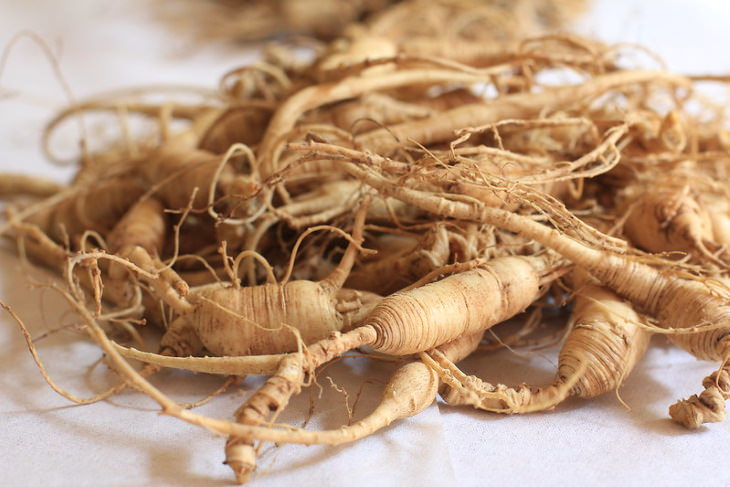

Ginseng needs no introduction, as the herb
is a staple item in Chinese traditional medicine and has enjoyed
increasing popularity worldwide in the past decade or so. While ginseng
extract itself has been shown to be effective at killing hepatitis A,
herpes, and some respiratory viruses, isolating compounds called
ginsenosides and administering them in a high concentration seems to
have an even greater antiviral effect.
One noteworthy virus that succumbs to ginsenosides are coxsackieviruses,
a group of extremely dangerous viruses that can cause
meningoencephalitis - a potentially life-threatening brain infection.
10. Dandelion
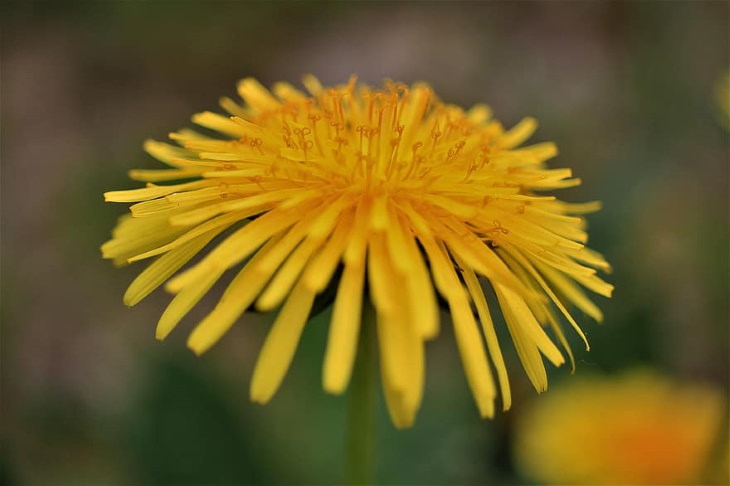

You've probably heard that young dandelion
leaves can be enjoyed in salads, but the flowers of the plant are also a
common ingredient in plant medicine. The plant is very sturdy and so
it's commonly considered a weed, but it shouldn't, as it has many
anti-inflammatory and antimicrobial health effects.
In terms of its antiviral effects, dandelion extract was reported to
kill influenza, hepatitis B, and other viruses. A more recent test-tube
experiment also showed the ability of the extract to stop the spread of
the life-threatening Dengue virus.
11. Licorice
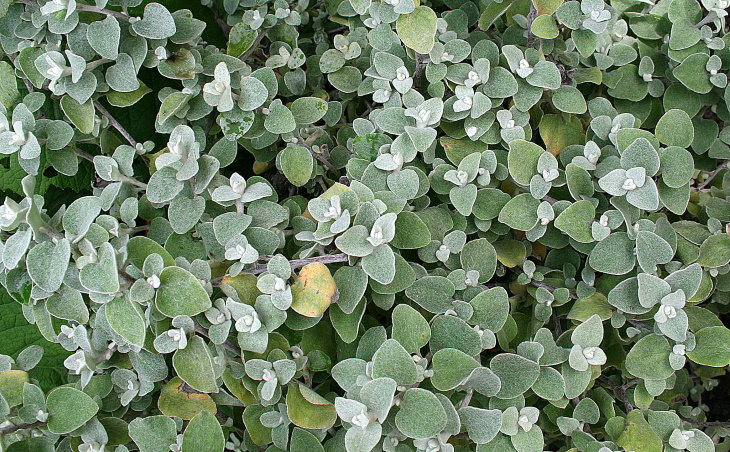

The last, but definitely not the least
ingredient on this list is licorice - no, not the candy but the root
that gives the candy its characteristic smell and flavor. Like ginseng
and ginger, licorice root is a staple in Eastern medicinal practices,
but there is also some interesting research that reveals the antiviral
potential of the plant.
In-vitro research reveals that the extract of licorice root is capable
of eradicating HIV, herpes, and even SARS-CoV (the first coronavirus,
not the novel kind the world is currently battling).